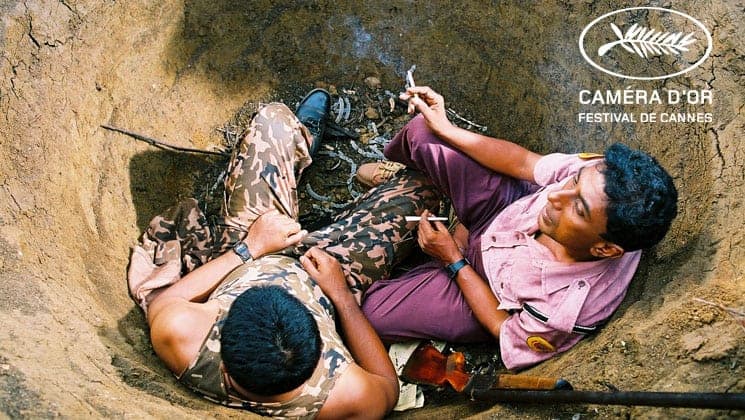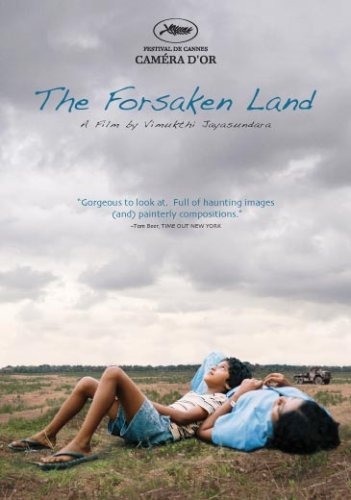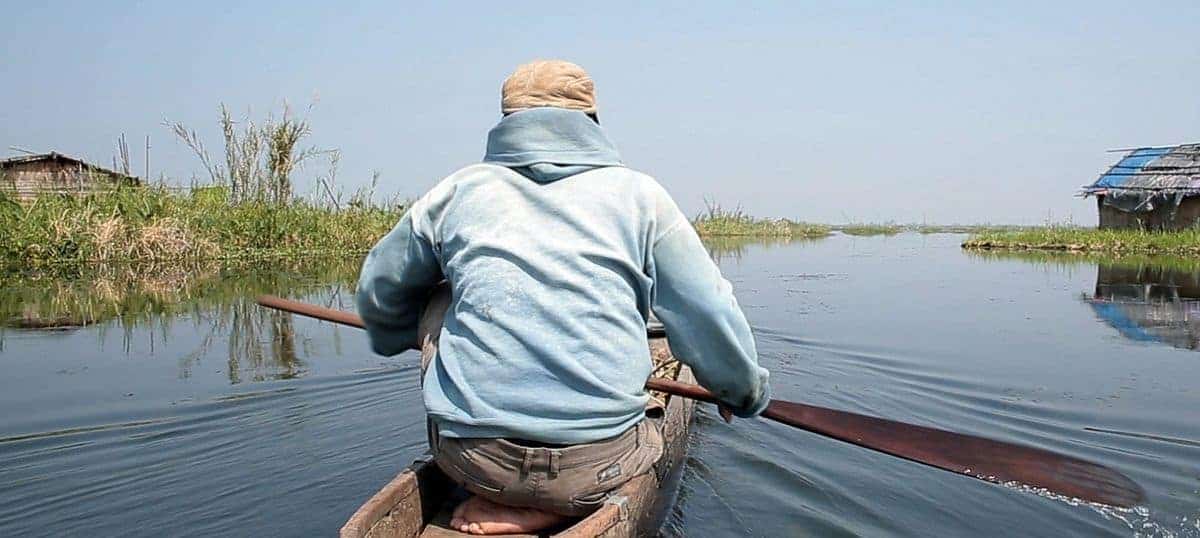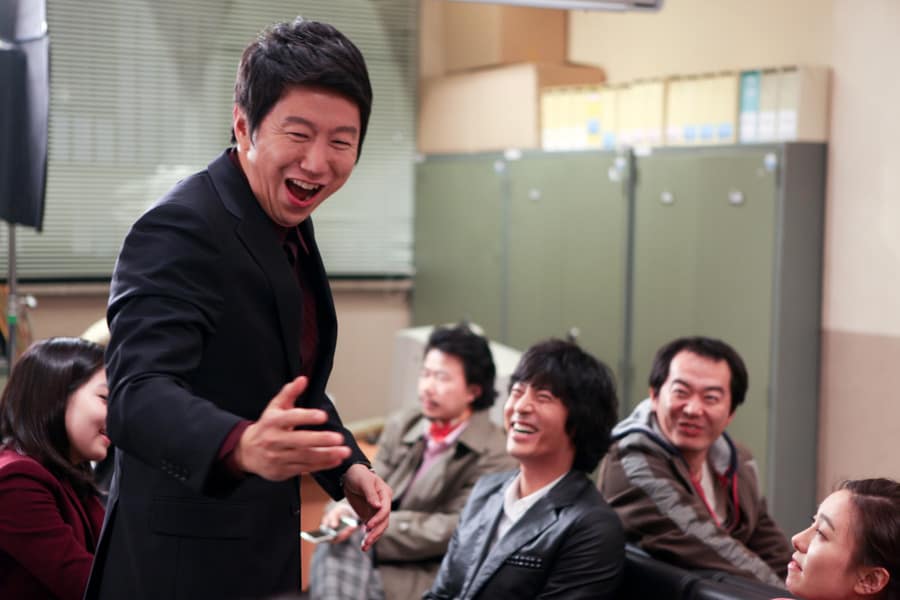Winner of the Caméra d'Or at the 2005 Cannes Film Festival, Sri Lankan “The Forsaken Class” is a masterclass in cinematography, with the director focusing all his efforts in that department.
Buy This Title
The story takes place in a desolate savannah, where the protagonists spend their lives aimlessly, almost completely untouched by the clash between the Sri Lankan government and the Liberation Tigers of Tamil Eelam. Anura is a home guard service man, who fulfills his duty guarding a post where nothing ever happens, apart from the soldiers playing the occasional practical joke to him. He switches with an older, alcoholic man named Piyasiri, with the weight of doing nothing every day laying heavy on the psychology of both men. Anura lives in his small, rundown house with no indoor plumbing, with his wife Lata, his sister Soma, and his daughter Batti. Soma leaves everyday in the dawn to take the bus to her work, although this does not lower the tension between her and Lata, which Anura does his best to ignore. The little girl hangs out with Piyasiri, who tells her stories, while she worries she will not grow up. Both Anura and Lata feel some sexual tension, but they do not channel it towards each other. Eventually, death also bangs on their door.
Vimukthi Jayasun directs a very slow film, in distinct art-house style, where the plot and action are barely existent, as is the case with the character development and the music. Instead, all of the above have a secondary role, with the one of the protagonist being reserved for the image and the atmosphere. In that aspect, Jayasun and his cinematographer, Channa Deshapriya have done an outstanding job, giving meaningfulness to an environment where almost nothing happens, and presenting the concept that war and consequently death are always present. The presence of army tanks passing in the night, the agony of the girl if she will grow up and even a fish dying in the mud all move towards this direction.
Furthermore, the environment has actually replaced dialogue as a vessel of expression of the character's psychological status, with the barren areas mirroring the emptiness the inhabitants feel. Apart from meaningfulness though, Deshapriya offers a number of images of extreme beauty through his long shots, as the one in the pond, the ones where the sun rises, and the one in the rain.
Another highlight of the production values is the sound, with Jayasun using the wind or even a helicopter sound to set the atmosphere in the most impressive way, as these noises take the place of an actual soundtrack.
The acting follows the general aesthetics of the film, with the protagonists being laconic, apart from the old man who narrates a story, without almost any kind of exaltation, as they communicate their feelings with their eyes and body stance instead of words. Mahendra Perera shines in this style as Anura, with his despair toward the end of the film being the highlight of his performance, while sultry Nilupili Jayawardena exemplifies her sexual needs in the most impressive fashion, as she gradually transforms into a femme fatale.
Evidently, “The Forsaken Land” is difficult to watch, due to its distinct art-house aesthetics, but if one could overcome this aspect, he will witness a film of incredible visual beauty.


















